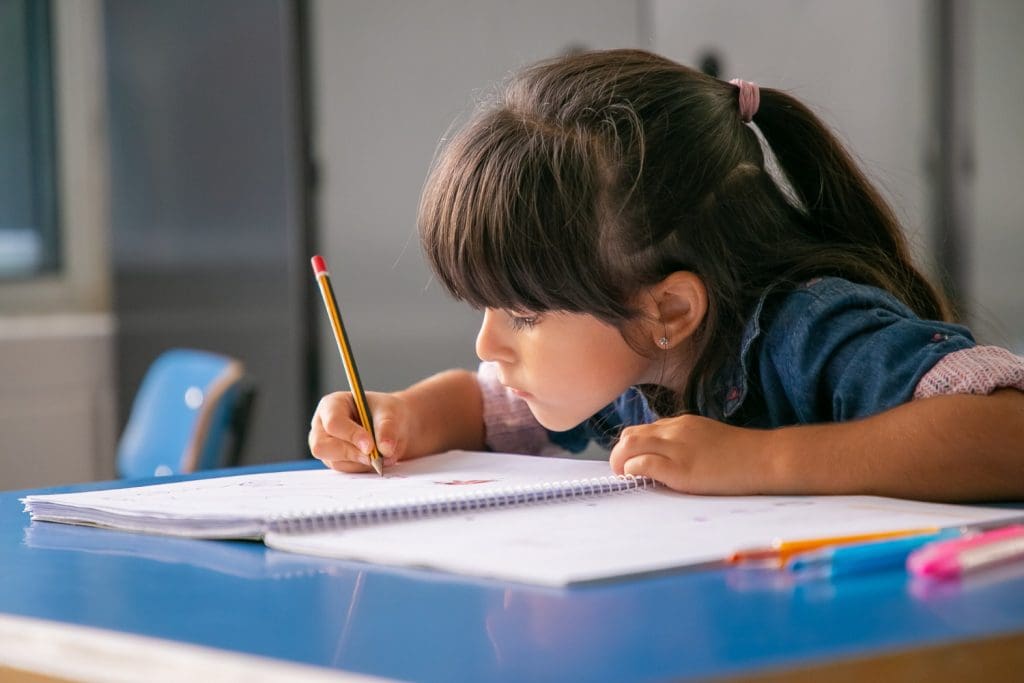By Dr. Thakur S. Mulchandani
School Director/Principal – Sunrise English Private School
Mussafah, Abu Dhabi, UAE

“Knowledge is a commodity to be shared. For knowledge to pay dividends, it should not remain the monopoly of the selected few.” Said
Moutasem Algharati. Education is the sharing of knowledge and this has helped mankind survive and evolve into the intelligent and productive species he is today. In day-to-day life, innovation and indeed in business, knowledge sharing can make the difference between survival and extinction. Every mortal on earth is a blessing and every creature has a purpose for living. Values in life produce noble spirits. Enduring life honorably results in wisdom. Knowledge passed down from one generation to the next along with humankind’s tradition of these values and ethics creates principled legacies for future generations to compete with.
The very concept of education developed from knowledge sharing and is a keystone of human civilization. A concept as old as time, passing knowledge from generation to generation allows for stories to be reminisced, lessons to be learned, and innovation to be pursued by understanding the successes and failures of others. Some share through ethnic knowledge, passing along lessons through verbal communication and hands-on teaching, where others will share things through written word and documentation. It’s all-important in the continual education of community members and the progression of modern society.
Sharing and learning knowledge go hand-in-hand. There are a few main ways in which individuals learn:
- Visually: using pictures, images, and reading to understand
- Verbally: using listening and recitation to understand
- Physically: using physical touch and hands-on practice to understand
The above three dimensions of sharing education can be further deduced to the following:
- Live Presentations
Knowledge sharing in front of a live audience provides opportunities for live interaction, fielding in-the-moment questions, and viewing instant non-verbal feedback from an audience.
- Writing Articles
Knowledge sharing through writing provides a way to preserve your knowledge for posterity and can allow for ongoing discussion and development, either written or verbal, with those who read the content.
- Discourse
Nothing is as effective as an open-hearted talk which is the very root of education shared.
- Think-Pair- Share.
Facilitate a whole group discussion. Listen to their responses. Ask students to elaborate on their thinking by providing explanations, evidence, or clarifications. Suggested probing questions:
- Polling
Having students vote anonymously on what they perceive as the best explanation to a question, followed by opportunities to discuss their ideas with peers, and then to vote again leads to greater learning of the material.
- Individual plus Group Quizzes
Give students a quiz that they complete individually and turn in to be graded. Immediately following the individual quiz, put students in small groups and have them take the quiz again, but this time they discuss the answers in their group and turn them in for a group score. Both quizzes are graded
- Jigsaws
Students work in small groups to read the information that has been organized into sections. Each student in the group reads one section of the material and then shares that information with the rest of their group
- Sorting strips
Small bits of information are separated into strips so that students can sort the strips into various categories, or organize them into a sequence depending on the topic.
- Partial Outlines/PPTs provided for lecture
Research has shown that students have a better understanding, do better on exams, and stay more engaged with the content during lectures when they are provided with partial, rather than complete lecture notes or PowerPoints.
- Pausing in lecture
These strategies work towards inserting wait time in lectures for students to reflect on, discuss and apply ideas just presented and to encourage them to engage actively in the lecture rather than passively taking notes.
- Posters & gallery walk
Give groups of students an assignment that they need to work on together and present their ideas on a sheet of chart paper. Once they have completed their poster, have them display it on the wall, much like at a scientific poster session. One of their group will stay with the poster and help to explain it as the class circulates to look at all of the posters.
12Fish bowl
A fishbowl allows a small group of students to engage in a discussion about ideas or concepts that have alternative explanations while the rest of the class observes and takes notes. An inner circle of students engages in the discussion, while the rest of the class either sits in an outer circle or remains in their regular seats and observes.
The challenges related to sharing education are demanding for present-day teachers. School competes in several levels with the internet, digital apps and other sharing systems of communication and knowledge. The students of today are part of a digital generation very different from their teachers, and because of that, they learn everything in a distinct way. Education when thoroughly shared prizes the learning that comes from actively producing, creating, experimenting and designing because it promotes skills and dispositions for lifelong learning and for making meaningful contributions to today’s rapidly changing work and social conditions. Our usual ways of doing school have been disrupted in response to COVID-19, shining a glaring spotlight on longstanding inequities within our systems. Around the world, communities are coming together to challenge the deep structural racism that exists within our justice system and society at large, including our school systems. We live in a moment of great potential; we can and must use this disruption to the status quo to catalyze the transformation of shared education. When we fully understand the brevity of life, its fleeting joys and unavoidable pains; when we accept the facts that all men and women are approaching an inevitable doom: the consciousness of it should make us more kindly and considerate of each other. This feeling should make men and women use their best efforts to help their fellow travelers on the road, to make the path brighter and easier as we journey on. It should bring a closer kinship, a better understanding, and a deeper sympathy for the wayfarers who must live a common life and die a common death. The best way to arrive at this understanding is to educate; and realize that education is the sharing of learning.


